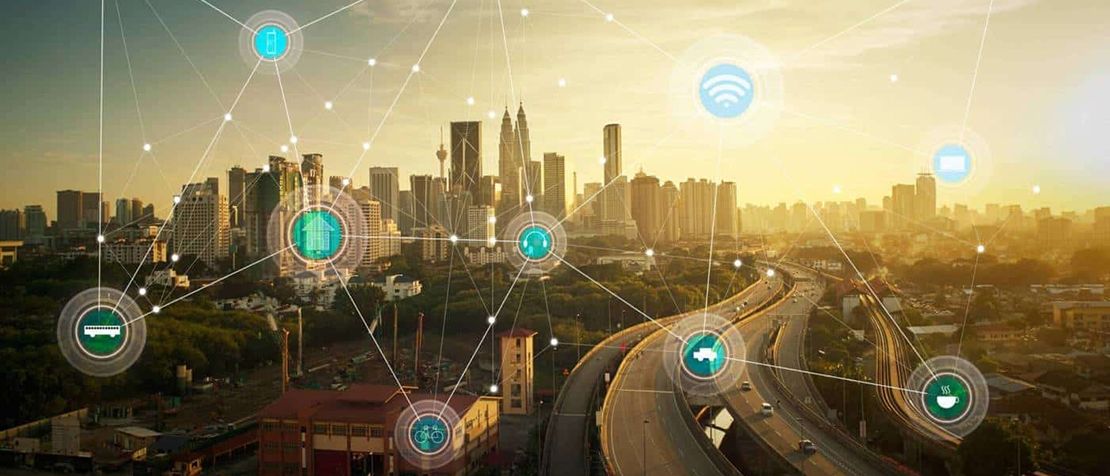
What could be the internet architecture that unlocks the true value of IoT-enabled Data Marketplaces?
It is now estimated that Digital Marketplaces will impact 40 per cent of worldwide retail by 2020.
IoT-enabled Data Marketplaces face scepticism similar to that seen at the launch of e-commerce. Some have questioned their commercial viability. And much like the early days of eBay, existing Data Marketplaces have focused initially on niche opportunities. However, we believe there is huge potential for Data Marketplaces to succeed as first-movers establish themselves or scale-up their efforts by consolidating adjacent opportunities.
Today we have a range of reasons to believe that the market drivers for IoT-enabled Data Marketplaces are solid, especially with the Internet of Things (IoT) becoming pervasive.
We see three market drivers as especially important:
1. Selling IoT data dramatically improves the business case for organisations’ digital transformation based on IoT
The newfound success of IoT technologies and applications is the result of recent advances in information and communication technology (ICT), advances that are making IoT affordable for a large number of use cases where previously the cost was prohibitive. Selling data is expected to become an integral part of any IoT business case, and this should result in IoT being deployed on a larger scale thanks to quicker return on investment. Industry now understands how ‘IoT plumbing’ works and is increasing its focus on the monetization potential of IoT data.
2. External and fresh IoT data complement data generated internally
Data generated internally to an organisation is usually not enough to remain competitive, enhance customer experience, and improve strategic decision-making.
Looking at IoT-enabled mobility, for example, a car equipped with LIDAR (light detection and radar), a gyroscope and an accelerometer can accurately detect bumps and potholes on the road. Those data sets could be extremely useful for municipal governments as well as companies in fields such as car insurance, navigation applications, and road maintenance.
RELATED: What will keep the smart city industry busy in 2019?
This would however rely on incentive for this data to be shared. In this example, the entities to benefit from access to the data are not in a position to collect this data on their own.
Efforts are also ongoing to predict the development of potholes even before their formation. Provided that a sufficient number of cars are equipped with adequate sensors to generate the necessary data, local authorities could improve road safety, decrease road maintenance costs, and limit the need to compensate road users for damage following insurance claims.
3. Artificial Intelligence (AI) and Machine Learning (ML) will yield greater value if algorithms are trained on large volumes of representative data
There is widespread industry agreement that AI and ML algorithms, if trained with the largest possible volume of high-quality data, can create new business opportunities and revenue streams. Acquiring high-quality IoT data is thus comparable to acquiring the raw materials essential to production in conventional industries.
Recognizing that a strong business case for IoT Data Marketplaces is emerging, elaborated by reports such as Western Digital and Accenture’s report on the ‘Dawn of the Data Marketplace’, the figure below illustrates a possible ‘High-Level Architecture for an IoT-enabled Data Marketplace’ under development in the Alliance for Internet of Things Innovation (AIOTI).
We aim to provide a snapshot of what this reference architecture could look like to invite feedback and encourage new contributions to this work
